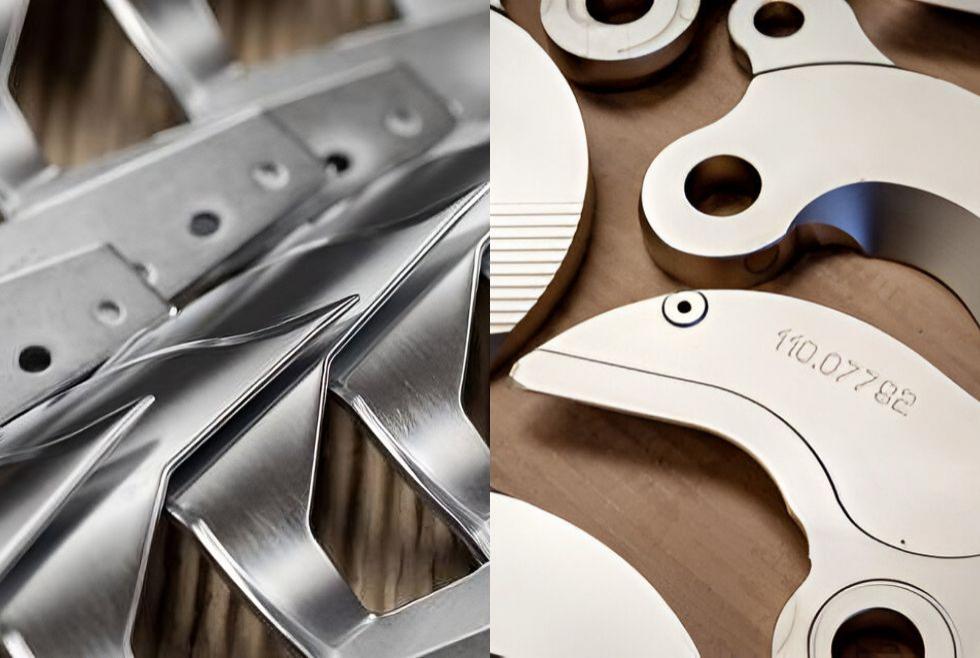
Choosing the right surface treatment is essential to ensure the durability and efficiency of metal components in various industrial sectors. Among the most common options, thick chrome plating and chemical nickel plating offer distinctive characteristics that make them suitable for specific applications. In this article, we will analyze both processes in detail, comparing their properties, advantages and application sectors, to guide an informed choice.
Thick chrome plating, consists of depositing a layer of metallic chromium on components in different metal alloys. The thickness of the coating varies from 0.005 to 1 mm and guarantees excellent performance in terms of hardness and resistance.
Main characteristics:
Thick chrome plating is widely used in various sectors:
Thanks to its versatility, hard chrome plating is an ideal solution for applications that require resistance to wear and corrosion.
Chemical nickel plating is an autocatalytic deposition process that ensures uniform coverage on metal surfaces, even geometrically complex ones. This treatment is particularly suitable for improving corrosion resistance and surface adhesion.
Key features:
Chemical nickel plating is widely used in:
Thanks to its ability to ensure uniform coverage, chemical nickel plating is ideal for protecting parts with complex shapes.
Thick chrome plating and chemical nickel plating both offer good corrosion resistance, up to 1,000 hours in salt spray. However, thick chrome plating stands out for its greater resistance to chemical agents, making it more suitable for components exposed to aggressive substances, while chemical nickel plating is more suitable for parts with complex geometries, thanks to its ability to ensure uniform coverage across the entire surface.
The choice depends on the specific needs of the project: thick chrome plating is often more suitable for components subject to mechanical wear, while chemical nickel plating represents a strategic investment for those who need protection from corrosion and uniform coverage.
In conclusion, the choice between thick chrome plating and chemical nickel plating depends on the conditions of use and the needs of the sector in which the component will be used.
Carefully evaluating the characteristics of each treatment based on the working environment and specific production needs is essential to obtain maximum efficiency and durability of the components.
If you need advice on identifying the most suitable treatment, contact AlfaTech for a customized consultation!